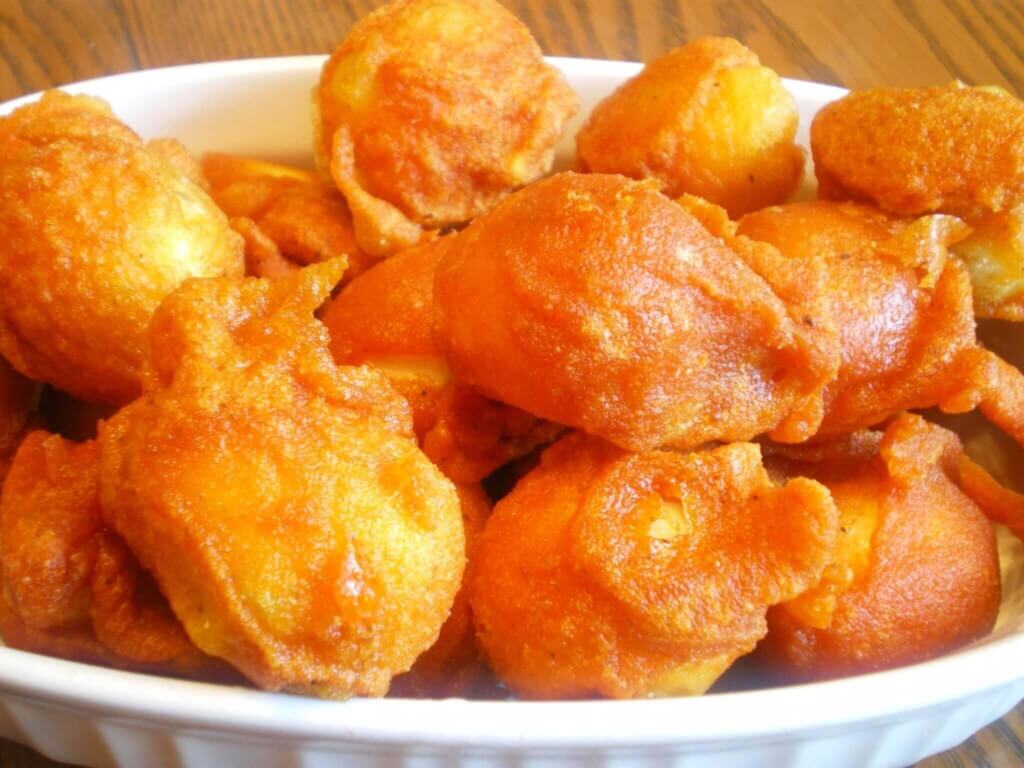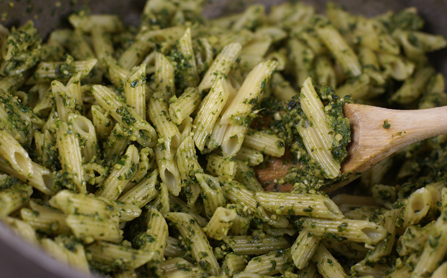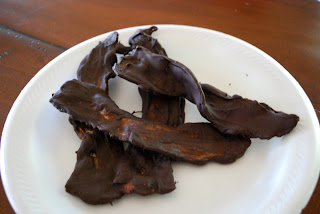As a way to wrap up this project, and since it is almost Thanksgiving, I decided to spend my last blog talking about my own experiences with Thanksgiving. I have only lived in the United States for five years, meaning that celebrating Thanksgiving is relatively new to me. However, I learned to love it very quickly. My family was thoughtful enough to give me a real Thanksgiving experience in my first year. And when I say real, I just mean Turkey and both apple and pumpkin pie, which are really the only things I know that are supposed to be present during a Thanksgiving dinner. Regardless, we had many other foods on the table and our bellies were happy by the end of the night. What I did learn was that I was actually not very fond of turkey. It thought it was much too bland and was not as good as chicken or ham or pretty much any other meat there is. To my luck, I find out that my family does not care much for turkey either. So on the second year, instead of spending a handful on a bird that no one enjoys, we decided to invest in ham. In the third year, there was very poor preparation and ended up eating a lot of Filipino food (it’s who we are, what we love, and we’re best at. Can you really blame us?) In the fourth year my sister and brother-in-law decided to go to a completely different route and prepared crab (very un-thanksgiving, but absolutely DE-LI-CIOUS). My mom then prepared shrimp, and scallops wrapped in bacon. Before you know it, our holiday had turned seafood themed. The previous thanksgiving was so successful that we plan to repeat the theme this year. So now that you think of it, thanksgiving in our family is not truly thanksgiving. It is simply an opportunity to gather around a beautifully set table with delicious yet untraditional food. But hey, at least apple and pumpkin pie has not been eliminated.
Though we don't like turkey, I'm sure we all know how this guy feels. Have a wonderful Thanksgiving! :)



























